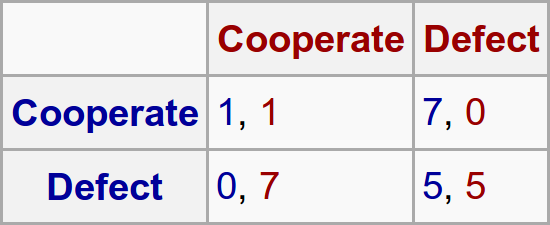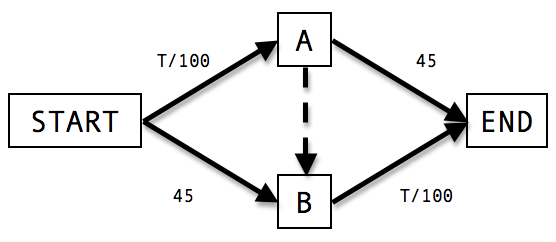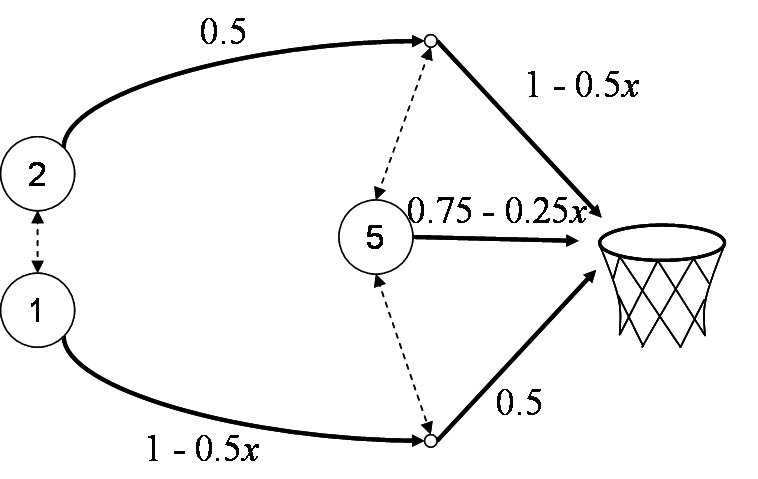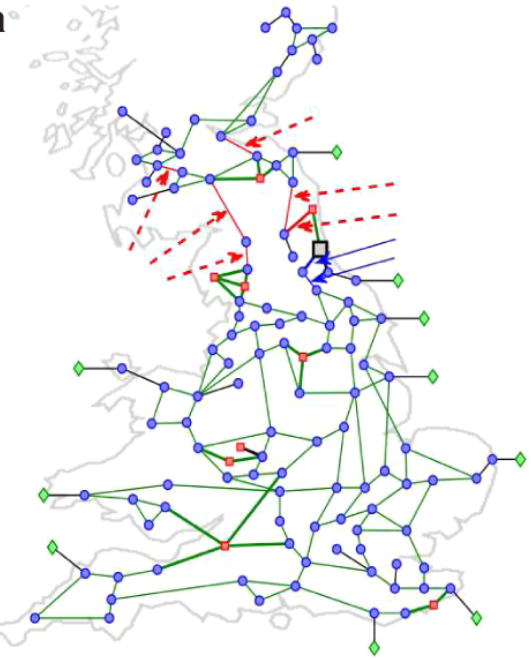Irrelevant Topics VIII
in Physics
PGSA Colloquium
Travis Hoppe
NIH, NIDDK, LBG,
(former Drexel grad. student)
Quines
What is a function?
A function takes input  and produces output
and produces output 
What is a program?
print "Hello World"A function takes input (code) and produces output
Hello WorldA program is a function!
Fixed points
Function points where the input is identical to the output
Can a program have a fixed point?
Fixed point programs are quines
It's not as simple as you think...
print 'Hello world'
> Hello worldprint 'print \'Hello world\''
> print 'Hello world'print 'print \'print \'Hello world\'\''
> print 'print \'Hello world\''...
No cheating!
Some languages allow for the trivial case of empty code
No reading the code from the file
Python quine
def quine(source):
quote = '"'*3
print source + '(' + quote + source + quote + ')'
quine("""def quine(source):
quote = '"'*3
print source + '(' + quote + source + quote + ')'
quine""")> def quine(source):
quote = '"'*3
print source + '(' + quote + source + quote + ')'
quine("""def quine(source):
quote = '"'*3
print source + '(' + quote + source + quote + ')'
quine""")Create a function, that when called,
outputs the input and the function scaffolding
Python quine+
Once built, we can add any arbitrary code into the quine!
def quine(source):
quote = '"'*3
x = 1
y = 2**4
print source + '(' + quote + source + quote + ')'
quine("""def quine(source):
quote = '"'*3
x = 1
y = 2**4
print source + '(' + quote + source + quote + ')'
quine""")Are quines always possible?
YES
A direct result of Kleen's recursion theorem, says among other things, that a quine is possible in any language
Quine variants
Error-quines, Iterative-quines & Multi-quines
Error - quines
Programs that fail, but the error message is valid code (which happens to be the original source!)
Highly version and even system specific
Iter - quines
Chain of quines: output is fed back in  times
times
Not fixed points, but cycles:
Multi - quines
Chain of quines: output of one language is fed into another
Not fixed points, but cycles of different functions:
Price of Anarchy
Nash Equilibrium

What is stable isn't always best
What is optimal?
Usually implies minimization of a global utility
May not be fair
May only be possible with outside help
The price of anarchy
The ratio of utilitarian to egalitarian ,
or best global average to the most fair
Braess' Paradox
No shortcut

Drivers spread out evenly on both routes
This is a Nash equilibrium.
Braess' Paradox
With shortcut

Drivers only take route top/bottom
This is a Nash equilibrium.
Example: Basketball
Another reason to hate Kobe?

Example: Power Grids

Zeta Function Regularization
Grandi's series
A divergent geometric series ... hopeless?
Loosen the idea of a sum
Cesaro sum
Take the limit of the arithmetic means
Thus Grandi's series is "Cesaro" summable to 1/2
Abel summation
Take the series
Consider the power series
If it converges in  , then take limit
, then take limit 
Alternating series
Partial sums visit every natural integer!
Cauchy product of two Grandi series
Not Cesaro summable, but an Abel summation gives 1/4
Can also be solved with
Euler Transforms
Borel summations
(not covered today, but they give 1/4!)
Main event
-1/12
Zeta function
For  this is the Riemann zeta function (super important)
this is the Riemann zeta function (super important)
Zeta function regularization
Let  be our series and (let's pretend)
be our series and (let's pretend)
that everything will be OK at 
...let's pretend that everything
will be OK at  ?
?
 has a simple pole at
has a simple pole at  and only converges for
and only converges for 
It can be analytically continued onto the complex plane
is not Abel summable, but it can be zeta regularized when we analytically continue  onto the complex plane
onto the complex plane
It is a shadow of the original function, but it is finite...
Casmir Effect
Consider the expectation value of the zero-point energy for all standing waves of an E&M field in a cavity
This sum clearly diverges ...
for mortals
Casmir Effect in detail
Two metal plates of area  distance
distance  apart
apart
Casmir Effect in detail
Zeta normalized, take limit 
The force scales as 
This is real and can be measured!
One more to wrap it up
This has a radius of convergence of 1/2 hence it is not convergent at 1. However there is a unique analytic continuation onto the complex plane with 1/2 deleted.


























